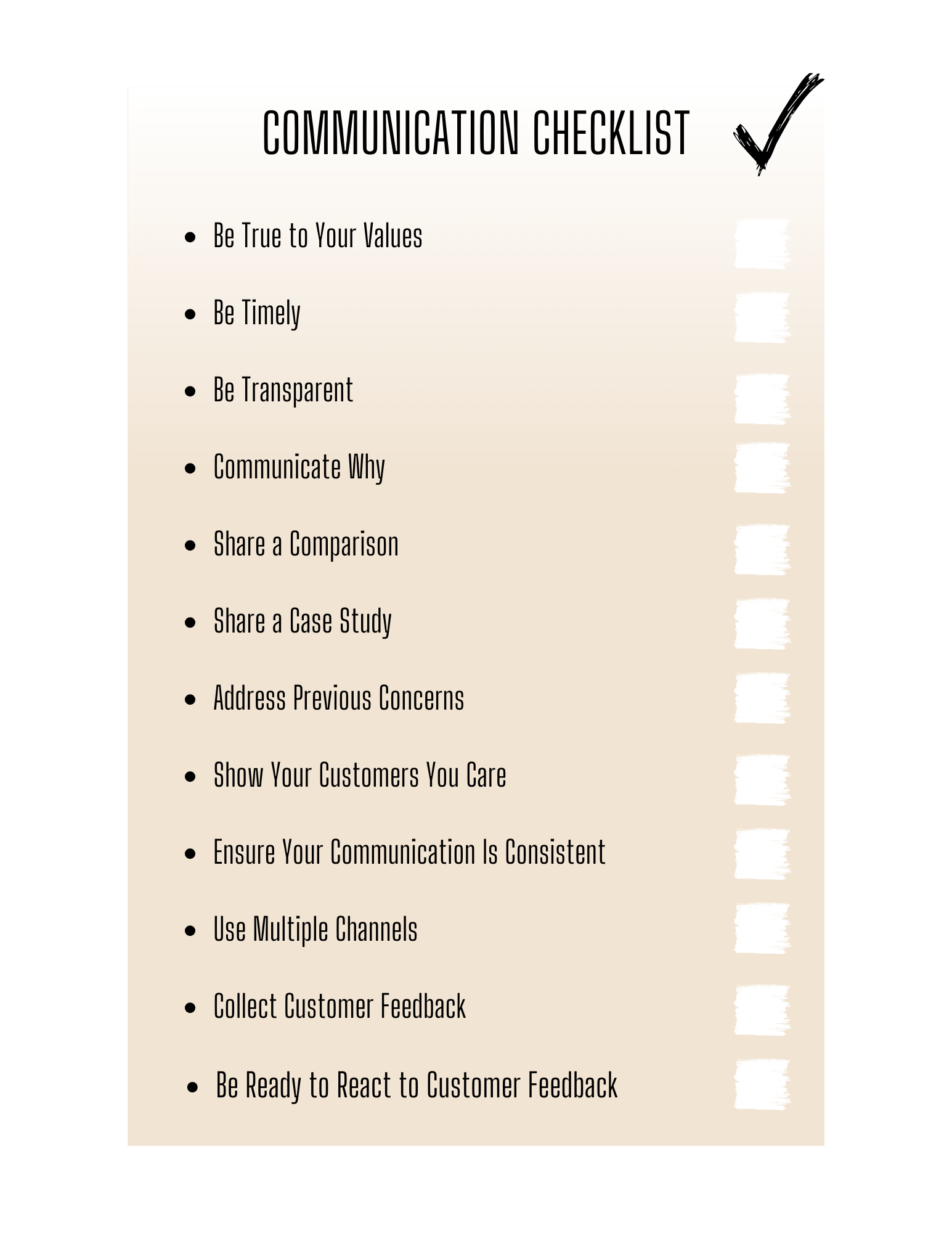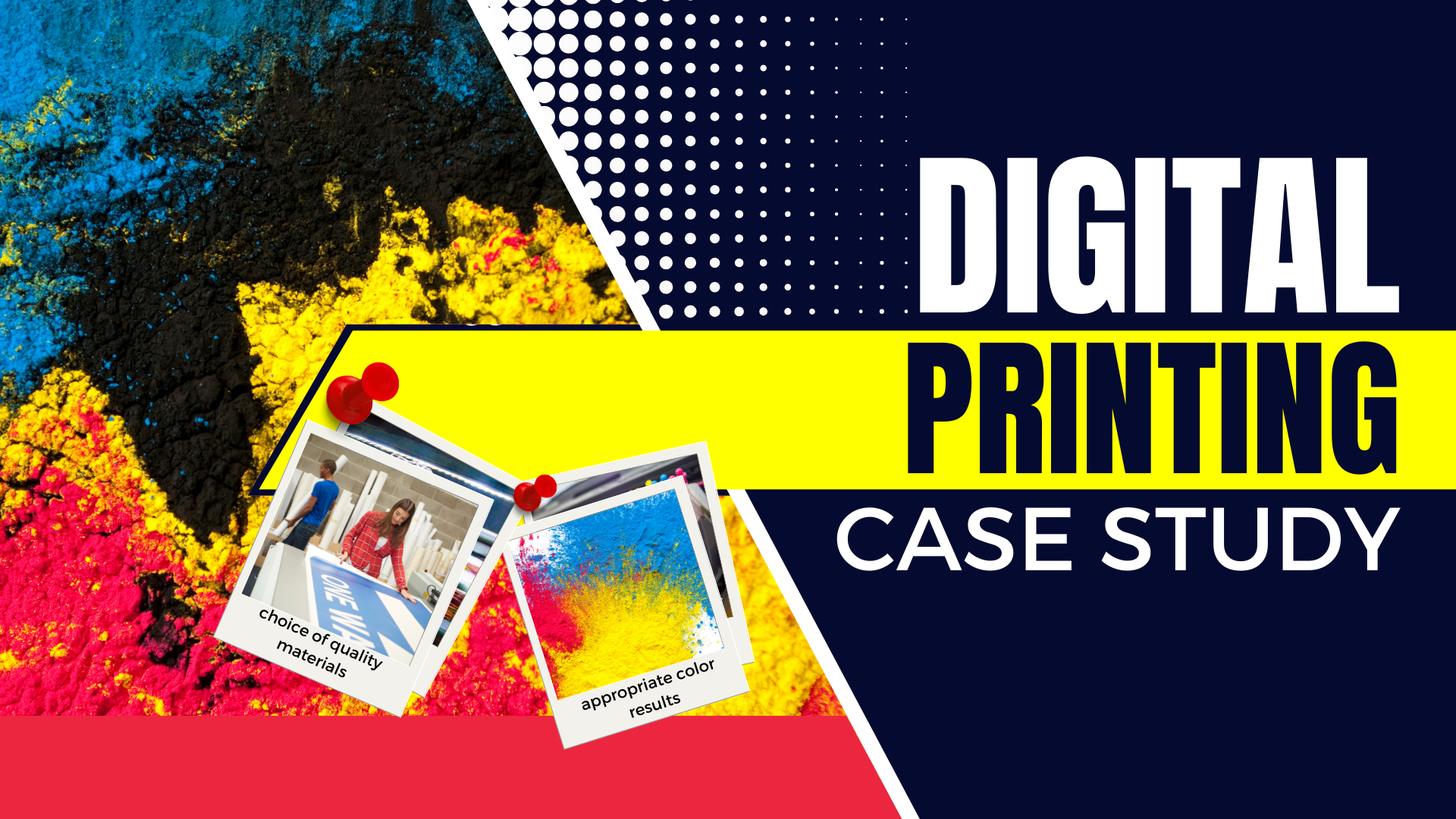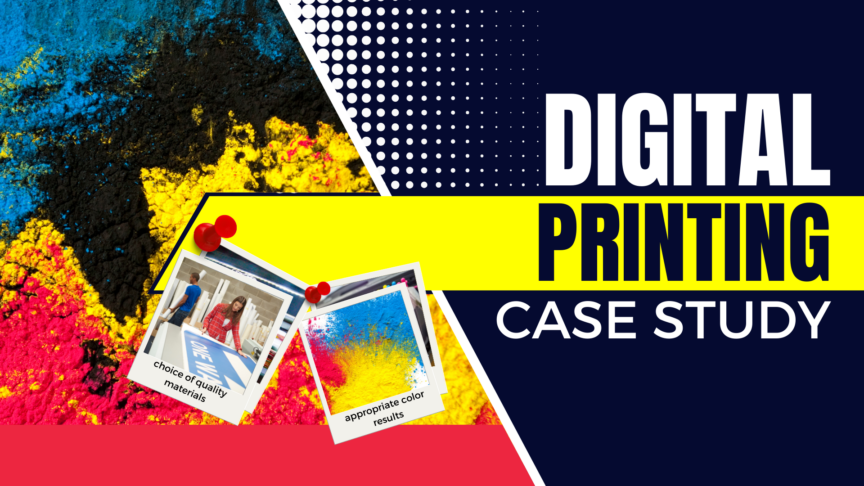There are a few things you can count on in life; death, taxes and that technology will change. Yes, technology shifts will inevitably arise, and OEMs may find themselves having to communicate a message to customers that is contrary to what they said before. Maybe your core technology has focused on a particular type of printhead and you are developing for a different head technology. Perhaps you sell a particular ink type for an application, expand into different applications, and offer different ink types. Maybe you will acquire a company that offers complementary technologies to round out your portfolio. Whatever the reason, this article discusses how an OEM can communicate technology shifts with credibility when they inevitably arise.

Be True to Your Values
Many companies buy from other companies due to alignment of core values. Employees choose to work with companies that align with their values. Vendors prefer to work with companies who align with their core values. In other words, your core values matter to everyone who matters to your organization. Ensure the reason for the change and communications around the change are in line with your core. Many companies have core values that in one form or another reference trust. To live the core value of trust, your organization will want to communicate the change in a timely manner, be transparent, communicate the reasons behind the change, share a comparison as to when each technology is the right fit and show your customers you care about them.
Be Timely
When a change happens, it is best to communicate it in a timely manner. Customers often appreciate receiving change communications in advance of the change so they can manage change internally. For example, if your organization chose to discontinue a product and replace it with another product, that change would be better received if communicated ahead of the change. If you are expanding your product line, it is timely and appropriate to communicate the change when you are ready to launch the new offer because you can service the offer and answer any questions that may arise. You don’t want to communicate a new offer is coming until you have trained your sales and customer service teams on the offer. These front-line team members must be in the know to best serve customers as they are the people who will help customers accept the change. Can you imagine telling your customers a new printer will be launched and no one in your company can answer the customers’ questions about it? It would be a missed opportunity to engage customers early and could negatively impact future sales.
Be Transparent
We’ve all heard the term, “honesty is the best policy”. If you are making a technology change, best to communicate it. Would you rather your customers find out about the change from your team or from your competitors? It is always better for our company to have direct communication with our customers. This ensures the message is clear and accurately reflects the information we wish to convey. What incentive does your competitor have to communicate your message accurately?
Communicate Why
You have committed to a change. You are going to train your internal team about the change, communicate it to the customer in alignment with your core values and do so in a timely manner. But what do you say? Simon Sinek says, “Start with Why.” That advice holds true here. Explaining the rationale behind the change can help your customers come with you. Let’s say you decided to add a white ink to your portfolio after insisting direct to substrate printing was sufficient. Perhaps through on-going research and development work, you discovered certain applications benefit from the white ink layer. On-going learning happens to be one of your company’s core values. You might share with the customer that in your commitment to online learning, you’ve invested in R&D to better understand the impact of white ink in different applications, and you’ve discovered while it is unnecessary is some, it has significant advantages in others.
Share a Comparison
Once you have communicated the why behind the technology change, be sure to include supportive data. In the world of inkjet, we live in a technical world where data is valued. Share the data. Communicate the pros and cons of each technology so customers can understand when it makes sense to utilize each one. Have you ever heard of a one-size-fits-all technology? We can all dream.
Share a Case Study
Case studies add evidence to support your communication of why you are making the change. The stated benefits and challenges have a greater degree of credibility because they come from a real customer use case, ideally in the customer’s words. Your customers can sell why others should work with you much better than you can. Do you remember the last time you received a referral from someone you trusted? Did you call the referral for help? Did you do business with them? Referrals are an endorsement of you and your services and case studies often make the strongest referrals.

Address Previous Concerns
Did your current or desired future customers ever share feedback about the problems they had with your primary technology? If so, address these concerns. Customers feel valued when vendors acknowledge customer feedback and then act on that feedback. You can set your company apart from your competitors by addressing customer concerns and communicating the “fix”.
Show Your Customers You Care
Whenever you are doing a technology change, it should have advantages to your current or future customer base. You will want to explain how the technology benefits customers. For some, the technology may not impact them at all. These customers will appreciate your open communication and continue buying your current solution. New customers may come to you because you now offer a technology that makes sense for their application needs. Yet there is a third group of customer who may buy your current technology that can also utilize your new technology. For these customers, you have an opportunity to communicate more than the technological advantages. Here you can and should communicate the virtues of doing business with you. What makes you easy to do business with? How will you show up for the customer when technical support is needed? How will you ensure security of supply? How will you help your customer be successful?
Ensure Your Communication Is Consistent
People communicate and learn using different styles. When you communicate a technology change, be thorough in your communication. If it merits communication, you need to make sure your website, FAQs and any other marketing materials are updated to be consistent with your current reality. The worst thing you can do is announce the change and then send a sales rep in to speak to a customer with a printed literature piece that undermines the new technology you are offering. The messaging will be inconsistent, and your credibility will take a hit.
Use Multiple Channels
Likewise, communicate through multiple channels to ensure your message is received. Some examples include your direct sales team, customer service, website, social media accounts, advertisements, technical service experts, presentations, and even sponsorships.
Give Customers the Opportunity to Provide Feedback
Your communication of a technology change should not be a one-sided conversation. Customers should be included in the dialogue. Customers love to be heard and will respect you more for asking even if they do not have immediate feedback to share. Give customers multiple ways of providing you feedback. This can be as simple as having your customer service and/or sales team ask for feedback or as elaborate as sending a formalized survey. Requesting on-going feedback for this and new product ideas may provide insights that enables your organization to generate sustainable business for decades to come.
Be Ready to Respond to Customer Feedback
Pay attention to the feedback you receive. Acknowledge it by saying thank you for the feedback. Explain that you are still collecting feedback before acting so customers do not feel ignored. Be ready to pivot and adapt your communication strategy to be more effective based on the data you collect.
Plan with Future Changes in Mind
Communicating change is not easy. Using the steps outlined above, communicating technology changes that are in conflict of prior messaging can be done successfully while retaining credibility. Of course, we’d rather not be in the situation. To avoid having to alter your messaging in the future, you can apply key principles to future product launches. Communicate the benefits of the technology and the use cases for it using data and case studies. Never bash another technology. After all, you never know what you might want to add to your portfolio later.

